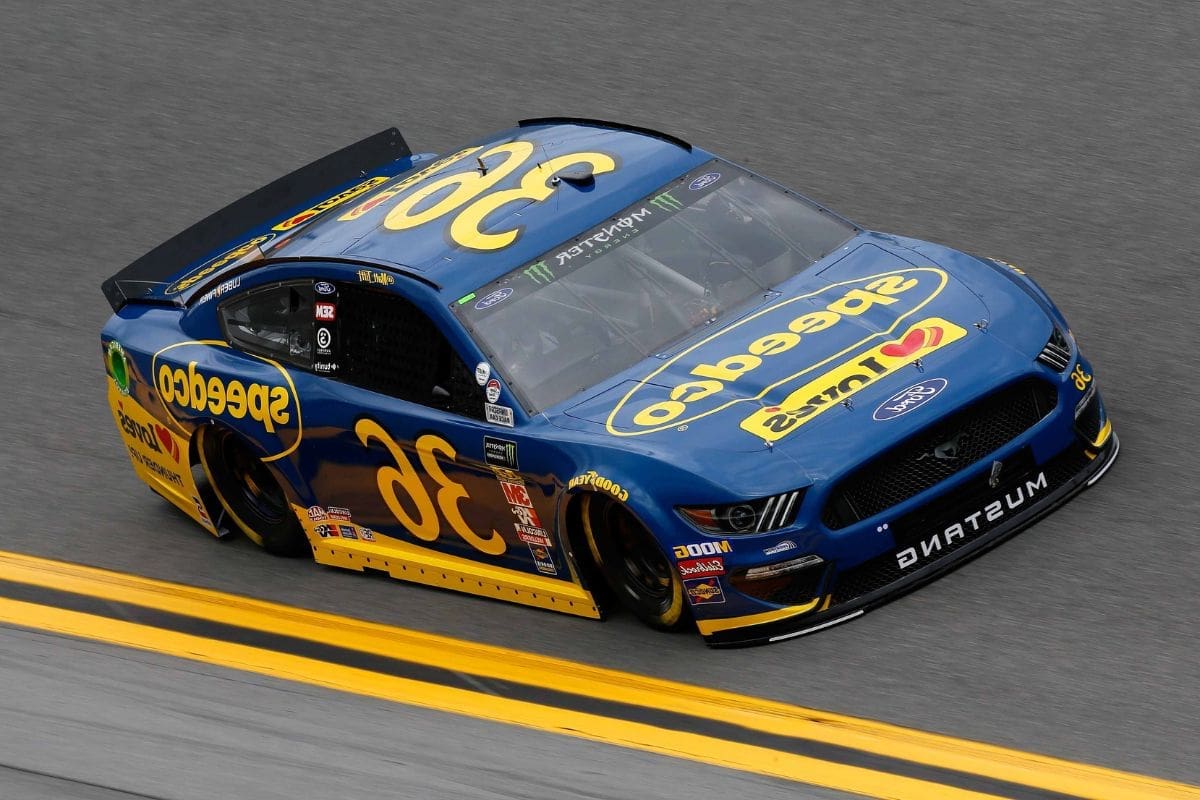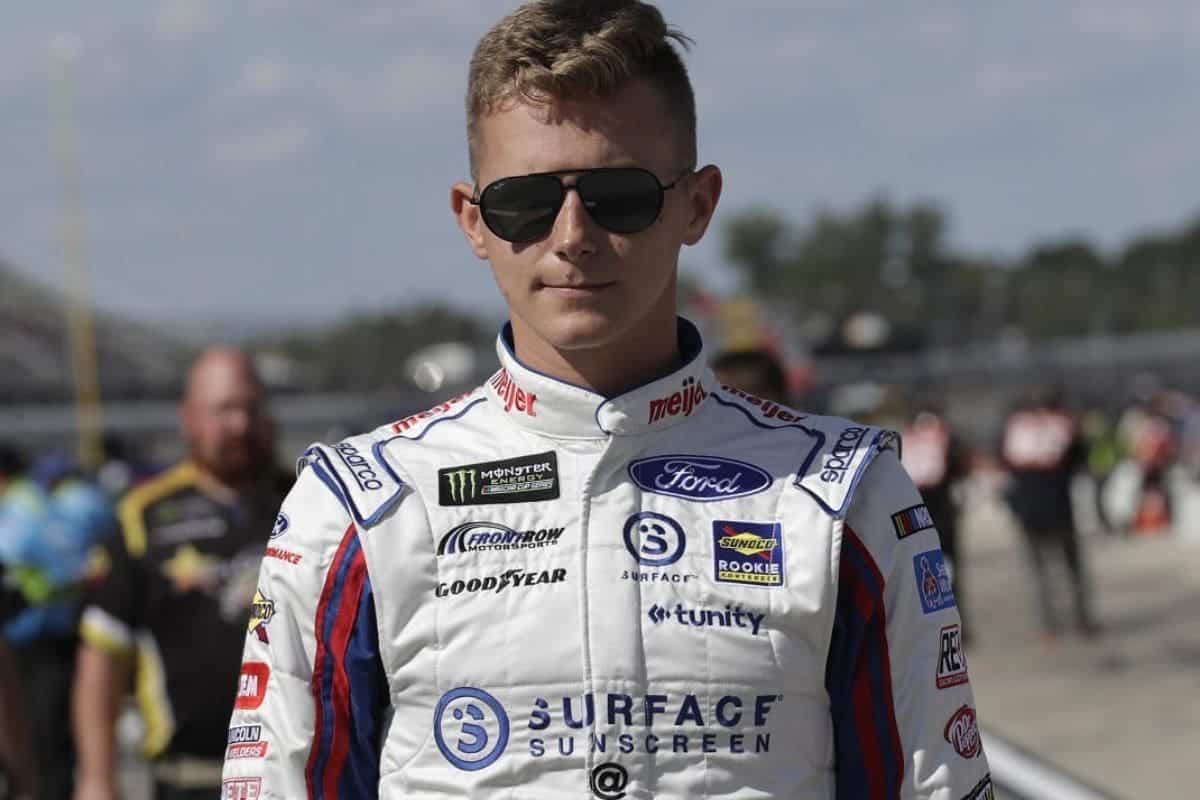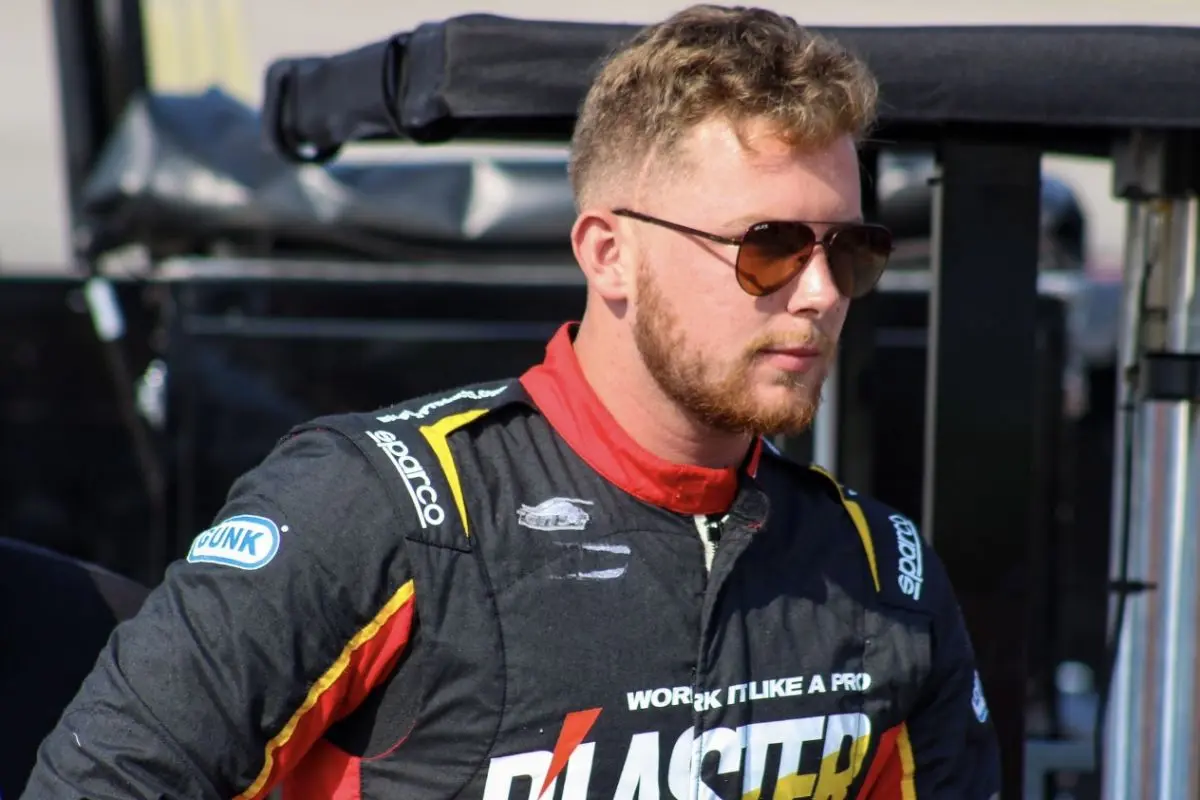Matt Tifft’s Physical Altercation: The recent physical altercation involving Matt Tifft has raised pressing questions about conduct within NASCAR, prompting a strong response from Dale Earnhardt Jr. who has called for immediate accountability and potential disciplinary actions against the involved parties. This incident highlights the necessity of strict adherence to NASCAR’s regulations and emphasizes the broader implications for safety and sportsmanship in the sport. As the conversation unfolds, it becomes essential to reflect on how such events might influence the future of racing conduct and the potential for reform in the sport’s governing policies.
Key Highlights
- Matt Tifft’s post-race altercation raised concerns about sportsmanship and safety within NASCAR, prompting criticism from the community.
- Dale Earnhardt Jr. condemned the incident during his podcast, calling for accountability and disciplinary action against the assailant.
- Earnhardt Jr. suggested that the assailant should be banned from NASCAR events to uphold safety standards.
- The incident has sparked discussions on the need for NASCAR to reassess conduct policies to prevent future violence.
- Comparisons with other racing disciplines highlight differing approaches to penalties for aggressive driving, affecting NASCAR’s culture and strategies.
Overview of the Incident
Although physical altercations are not uncommon in the high-pressure environment of NASCAR, the recent incident involving driver Matt Tifft has raised substantial concerns about sportsmanship and safety within the sport. Tifft was physically assaulted in a confrontation that escalated beyond typical post-race disputes, drawing considerable attention from fans and fellow competitors similarly. The incident highlights a troubling trend in NASCAR, where tensions can quickly spiral into violence, undermining the integrity of the competition.
In his social media statement, Tifft revealed that he was not seriously injured but expressed dismay over the nature of the attack. His recounting of events indicates that he approached the other driver with the intention of confronting him, a common practice in motorsports. However, what transpired deviated from acceptable conduct when Tifft was thrown to the ground and subsequently kicked while down. This action, as he described, is perceived as a cowardly move and has provoked discussions regarding the limits of acceptable behavior in racing.
“First off, I’m okay. Nothing broken, just got that [black eye]. But wanted to address something from all the comments and people asking me if I am going to press charges. First of all, I went over there to go confront the driver. I wasn’t not expecting a fight — that happens.
“But what’s a chickens*** move really is getting thrown on the ground and then somebody coming up and kicking someone while they’re on the ground and that’s about as low as it gets.” -Tifft
The fallout from this incident poses critical questions for NASCAR regarding its governance and the measures in place to guarantee the safety of its participants. As the sport grapples with the implications of on-track rivalries escalating into off-track violence, it is imperative for stakeholders to reconsider the standards of sportsmanship and the potential need for stricter enforcement of conduct policies.

Dale Earnhardt Jr.’s Reaction
The incident involving Matt Tifft has sparked reactions from diverse figures within the NASCAR community, including notable driver Dale Earnhardt Jr. In a recent episode of his podcast, the Dale Jr. Download, Earnhardt Jr. articulated a firm stance on the matter, expressing both dismay and a call for accountability. His commentary highlighted the need for disciplinary measures against the individual who assaulted Tifft.
Earnhardt Jr. stated, “Matt gets kicked in the face, they gotta handle that guy. He needs to not be at the racetrack for a long time.” This unequivocal condemnation of the attack emphasizes the severity of the situation and the necessity for NASCAR to implement stringent protocols to guarantee safety and sportsmanship within the sport. He emphasized the importance of maintaining rules, noting, “Matt will get penalized… that’s a rule.”
“He needs to not be at the racetrack for a long time. The guy who kicked Matt should not be allowed at a racetrack for a long time. No questions asked. I’m sorry, that’s the way that goes. Matt, ASA has a rule, don’t go into somebody else’s pit.
“Matt will get penalized, he is getting penalized for going into that pit. That’s a rule, I’m not going to change my rule because Matt got kicked in the face. Sorry for Matt, don’t go in that guy’s pit.” – jr
Complexity of Adjudicating Intentions
Adjudicating intentions behind on-track incidents in NASCAR presents a considerable challenge, as the sport often operates within a framework of split-second decisions and high-stakes competition. The inherent unpredictability of racing dynamics complicates the assessment of whether actions taken during a race were intentional or accidental. The subtleties of these interactions necessitate a careful examination of context, driver behavior, and existing rivalries, making it difficult for officials to determine culpability with certainty.
The podcast host’s suggestion to adopt a presumption of guilt for involved parties until proven innocent highlights a potential shift in how NASCAR could address these incidents. While this approach may streamline decision-making and impose accountability, it raises ethical concerns about fairness and the presumption of innocence, a foundational principle in many judicial systems.
“NASCAR tries to stay out of the, ‘Well we don’t really know if he meant to wreck the guy. We can’t get into the grey area of assuming that was intentional.’ But maybe they need to have some sort of, hey, if you’re involved, you’re guilty. But that’s tough. That’s tough to govern.” – jr
NASCAR’s current stance aims to avoid entering the “grey area” of intent, which could lead to arbitrary penalties and a contentious atmosphere among drivers. Furthermore, implementing a stricter framework could inadvertently create a culture of paranoia among competitors, as drivers may fear repercussions for aggressive driving tactics that are often integral to racing.
Striking a balance between maintaining competitive integrity and ensuring fair treatment of all participants remains a formidable challenge. The complexity of adjudicating intentions in NASCAR necessitates ongoing dialogue among stakeholders, including drivers, officials, and fans, to foster a more transparent and consistent approach to conflict resolution in the sport.

Comparison to Other Racing Disciplines
While NASCAR‘s approach to on-track incidents emphasizes competitive freedom and aggressive driving, other racing disciplines, such as Supercars, adopt a more stringent regulatory environment that prioritizes contact avoidance. This contrast is evident in the experiences of drivers shifting between these formats, particularly exemplified by Shane van Gisbergen. His observations highlight the cultural and regulatory differences inherent in each series.
In Supercars, the rules governing interaction between vehicles are explicit and enforced rigorously; contact is often penalized through strict sanctions. Van Gisbergen’s adaptation to NASCAR’s more lenient standards emphasizes the fundamentally different philosophies of racing. He noted, “We can’t do that at Supercars; we’re not allowed to touch each other.” This regulation fosters a unique racing style where drivers must navigate competitors with precision and strategy, minimizing risk and maximizing skill.
“Look at SVG, right? They have such strict rules in Supercars, that he got to Cup racing and he’s like, ‘Damn these boys run through you, they bump you around, they push you around.’ He’s like, ‘We can’t do that at Supercars, we’re not allowed to touch each other. We gotta learn to get around a guy without f***ing, it’s a penalty, like encroachment if you bump into another car.” – jr
Conversely, NASCAR’s leniency allows for aggressive tactics that are integral to the sport’s identity, creating an environment where bumping and physicality are often seen as vital elements of competition. This permissiveness can lead to heightened tensions and incidents, as illustrated by Tifft’s recent altercation.
The implications of these differing regulatory frameworks are profound, influencing not only race strategies but also the comprehensive culture within each discipline. As the landscape of motorsport continues to evolve, the balance between competitive freedom and the need for safety will remain a significant discussion point, particularly as drivers cross over between these distinct racing sectors.

News in Brief: Matt Tifft’s Physical Altercation
The recent altercation involving Matt Tifft has highlighted the urgent need for a reassessment of conduct policies within NASCAR. Dale Earnhardt Jr.’s call for accountability reflects broader concerns regarding safety and sportsmanship in the sport. As tensions rise, the necessity for clear disciplinary measures becomes increasingly apparent. Effective reform will require a collaborative effort to guarantee that the principles of fair competition and respect are upheld, fostering a safer and more respectful racing environment for all participants.
ALSO READ: Matt Tifft Slams Richmond Raceway: Lack of Action Sparks Outrage

